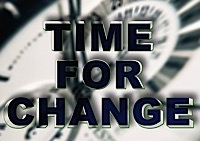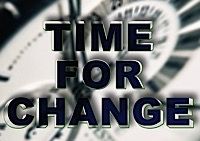
Creativity generates things that are novel and useful. Make them successful, and you’ve got innovation. There can be no innovation without creativity.
We associate creativity with innate ability that only some have; with transparent happenings that can’t be codified; with eureka moments that come from the subconscious. If anything defies process, it’s creativity. So let’s not use process to squelch creativity, let’s foster behaviors that spawn creativity.


 t was enough to make a trio of heavily tattooed young men stop their playful splashing and to prompt a small boy to run to his mother in alarm: a woman rising out of the choppy waves of the sea, her head wrapped in a neon-orange ski mask.
t was enough to make a trio of heavily tattooed young men stop their playful splashing and to prompt a small boy to run to his mother in alarm: a woman rising out of the choppy waves of the sea, her head wrapped in a neon-orange ski mask.
















